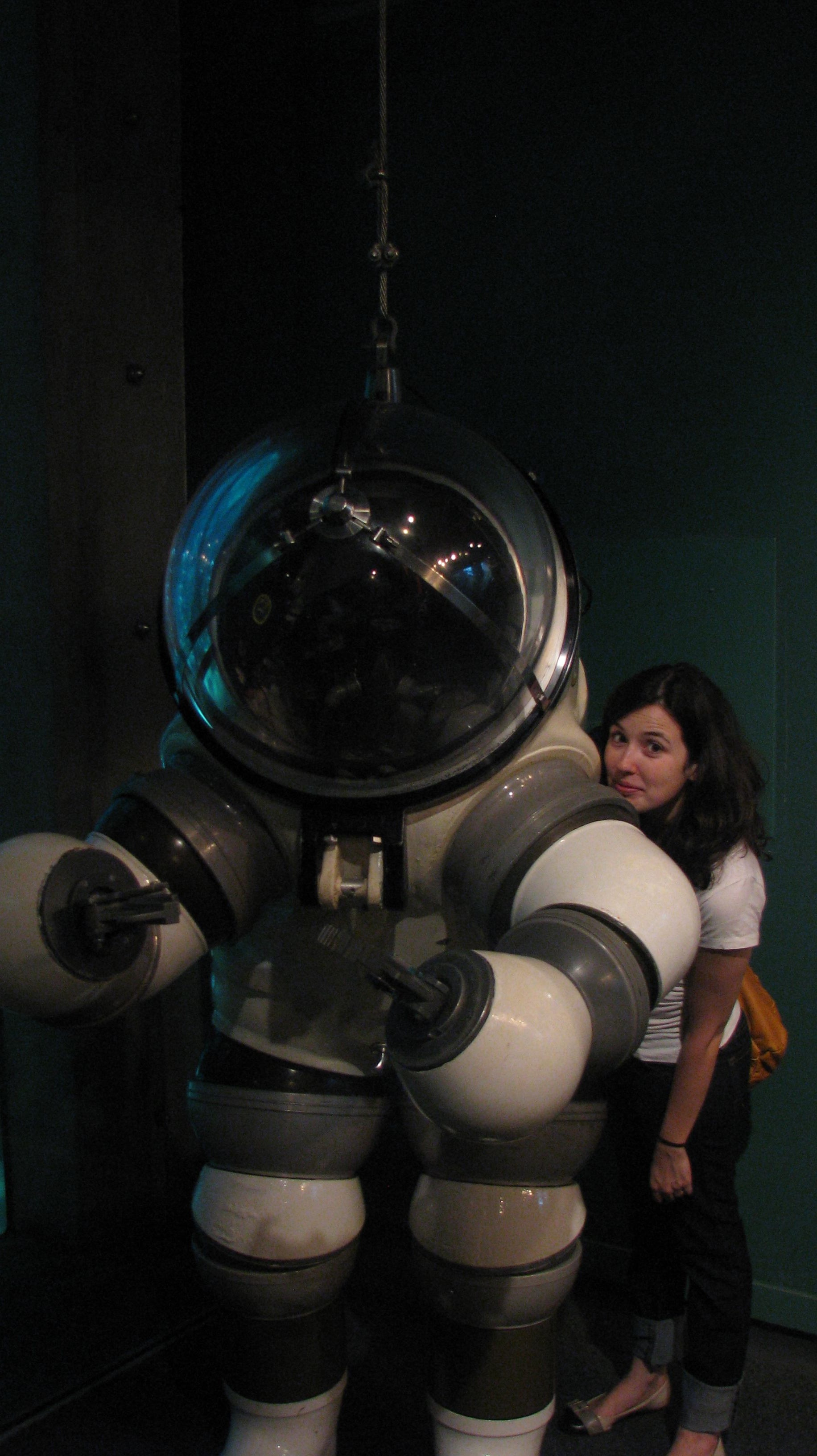
The dragon Toothless (from the movie "How to Train your Dragon") was outfitted with half a prosthetic tail.
Are dragons and dolphins trendy? In recent movies, at least. “How to Train your Dragon” and “Dolphin Tale” both show animals – fictitious or otherwise – who lost their tails and received a prosthetic equivalent.

Dolphin Winter and her prosthetic tail. Image from Hanger Prosthetics and Orthotics.
Prosthetics help not only humans
Years ago I started my undergraduate degree in Computer Science with the goal of designing prosthetics. I took human anatomy and digital circuit classes, and studied lots of biology and robotics. But you never know what life will throw at you, and in that case, it sent me the love for the microscopic world. I became a biophysicist and let’s just say I was more involved into designing drugs as oposed to designing prosthetics.
But the topic still fascinates me. Alongside with drugs and other medicine technology (think vaccines, anesthetics, or surgery techniques), a prosthesis is something that can dramatically improve someone’s well being. And now, it can improve animal’s quality of life as well.

Dolphin Winter and her prosthesis in detail. Photo by Wired Magazine
Animal Robotics
In september, Wired magazine showcased an article depicting animal recipients of fantastic prosthetics (check out the gorgeous photo above). The piece was written by Emily Antes, and she describes the inspiration behind it in her blog. Among those animals is the dolphin Winter, who lost her tail (or fluke) in a fishing net, and was outfitted with a rubber-like tail and gel socket by the Hanger Team (specifically by Dr. Kevin Caroll and Dr. Dan Strzempka).

Dr. Kevin Caroll ajusts Winter's prosthesis. Photo by the Hanger group.
The Mechanics of a Tail
Dolphins have been on my mind lately. Coincidently or not, after I read the Diana Reiss book on dolphins mirror recognition test (which I wrote about here), my husband took me to the Baltimore Aquarium for my birthday, which houses Reiss’ lab. We were able to see her dolphins, many who participated as experiment subjects I read in her book. Before the Baltimore Aquarium, I had only seen dolphins swimming around my father-in-law’s boat – a pretty amazing experience, however I only got a glimpse of their dorsal fin. This is why, among all animals equiped with prosthesis, I became so captivated by Winter’s case.
Winter’s complete story can be found in the orthopedic clinic that designed her prosthesis. Creating a prosthetic tail was a huge undertaking: the team developed a fluke equivalent, plus a joint that connects it to the dolphin’s tail and allows moviment in several directions, thus mimmicking the animal’s swimming. Besides, the prosthesis needs to be adhered to the dolphin’s body with a substance that won’t dislodge when in contact with water. The team designed a chemical that keeps the entire prosthetic in place, and then named it Wintergel. In some of those amazing real life histories brought by science, there are already success stories of humans benefiting from Wintergel, such as athletes who suffer from friction caused by sweat.

This is vacation at my dad's house: researching dolphins on the big screen.
Science from Aquariums
There is a live webcam feed where you can see Winter swimming in her tank at the Clearwater Marine Aquarium in Florida. In order to watch, you will have to go through one commercial, but it is pretty fun to watch the dolphins swimming.
I have worked in an Aquarium and visited several others throughout the world. So it might not come as a surprise that I had a lot of fun watching the live feed from the Clearwater Marine Aquarium. The picture above shows how my dad and I conducted our scientific observations: we kept the live feed on the TV throughout the day (in the Russo family, that is called vacation).
By the time I watched, Winter was swimming around without her prosthesis. We noticed, however, this fact didn’t keep her from swimming around and playing with her red ball (her companion seemed more interested in a blue ring toy). Sometimes it looked as if she curved her tail to the right. I am no expert, but it seems this dolphin is getting along. I asked the other Dr. Russo what would be the advantage of giving the dolphin a new tail – asides from tremendous advancement in technology and insights into human prosthetics – to which she hypothesized: so she can jump! What an interesting insight. Would love to see it live though. Maybe on my next trip to Florida.

Even fictional characters get prosthetics; Here's toothless'.









